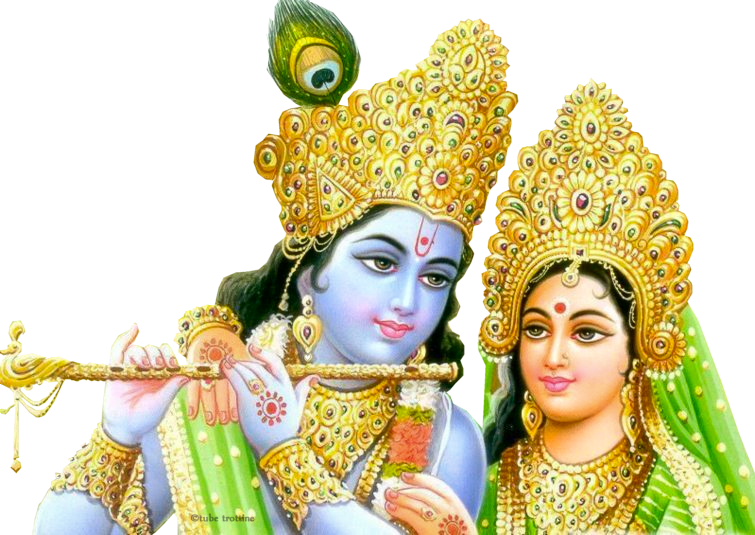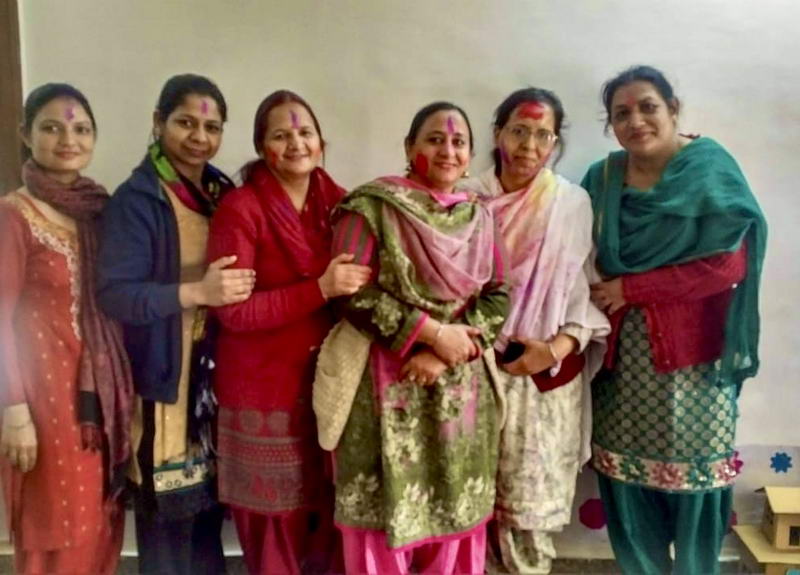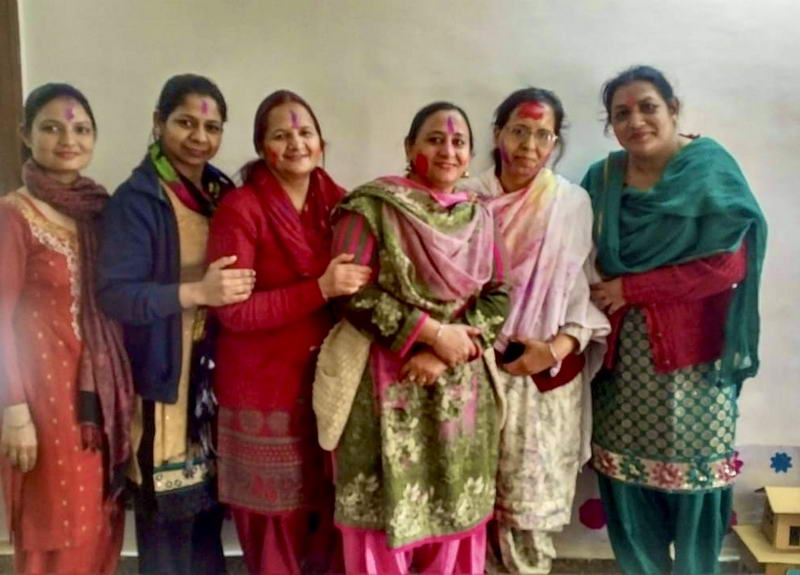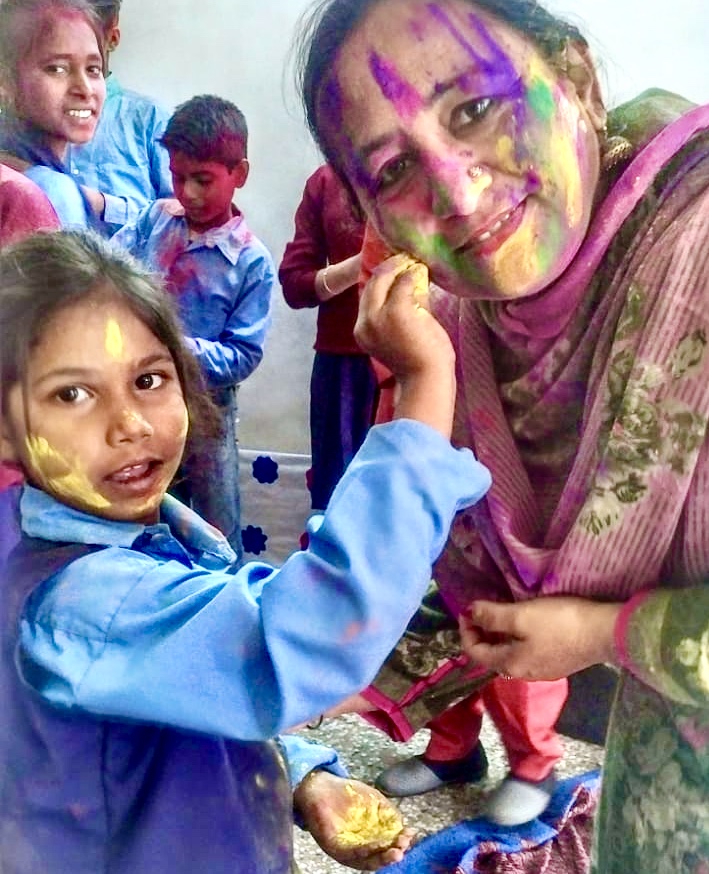Kids love it – and seems like Bright Sparks teachers do too! Holi is the two-day Hindu festival that involves bonfires, powder-paint throwing, stories and special foods. Light hearted and fun filled, it marks the coming of Spring, and begins on the day after the full moon in the Hindu month of Phalguna. This year that’s 28th & 29th March. As it’s a holiday in India, Bright Sparks children are normally at home – but who could resist a little bit of Holi at school?
First there are the stories, such as the legend of the demon king, Hyranyakashipu who thought he was immortal because he had been given special powers. The powers meant he could not be killed in these five ways:
– indoors or outdoors
– by animals or humans
– during the day or the night
– on land, air or water
– by projectiles or hand-held weapons
Pretty water-tight, you’d think. So believing he was invincible, the demon king demanded everyone worship him as a god. When his very own son Prahlad refused and continued to worship the Hindu god Vishnu, Hytanyakashipu plotted to have him killed. He got his demon sister, Holika, to take his son into a fire under a special cloak which would protect her from the flames. But – the cloak flew off Holika and protected Prahlad instead, and so she died. The god Vishnu then decided to get rid of the evil Hyranyakashipu. And here’s the really clever bit. He got around the demon king’s five powers by:
– taking the shape of half-lion, half-human (so not animal or human)
– appearing on the doorstep (not indoors or outdoors)
– arriving at dusk (so not day or night)
– putting Hiranyakashipu on his lap (not on land, in air or water)
– killing him with his claws (not projectiles or hand-held weapons)
Quite a story! It’s said that the Holi Festival gets its name from Holika, the demon sister. And that the story explains why the first night of the festival takes place around a big bonfire, signifying the triumph of good over evil.
A second story is about the lovers, Krishna and Radha and accounts for why people happily get covered in paints of every colour on the second day of Holi. It tells how the mischievous god Krishna wanted his blue skin to be fair, like that of his great love Radha. Krishna’s mother suggested he paint Radha’s face another colour, so he would feel better. And that is what he did. Fortunately, Radha didn’t mind and they stayed madly in love despite his practical joke.

On the second day of Holi, in public and private spaces all over India, people of all ages and classes are ‘allowed’ to throw powder colours at anybody else: children can throw at adults, women at men and vice versa. Young people chase around in cars, trying to throw paint through other car windows, followed by water in balloons or water pistols to try and make the paint stick. “Bura na mano, Holi hai” is the cry, meaning ‘Don’t be offended, it’s Holi”. Everyone wears old clothes and gets covered from head to toe in powder paint, and worse – drenched.
At school, our teachers and students chase about and throw dry colours at each other. Faces get streaked with brightly coloured paint. There’s a great spirit of mischief and camaraderie – which is part of the point of Holi. It’s a time of renewal in the sense of fresh starts, renewed loves and friendships. The children also use the colours to make pictures of Holi scenes, fingerpainting and palm prints.

Afterwards, everyone goes home, dresses up and visits friends to eat snacks such as ‘papri chat’ or the sweet cardamom-spiced ‘gujiya’, and to wish each other “Holi mubaarak”.
Holi mubaarak to you!
CAMPAIGN UPDATE
Delighted to report that our campaign to find sponsorship for seven teachers is gaining traction. If you can suggest more individuals, groups or businesses who might sponsor or part-sponsor a teacher, that would be amazingly helpful. See the campaign and get in touch.



